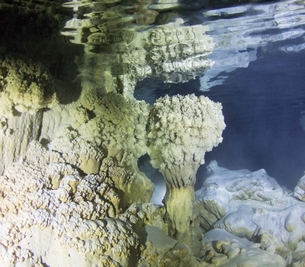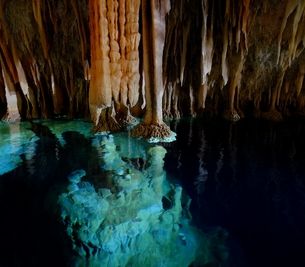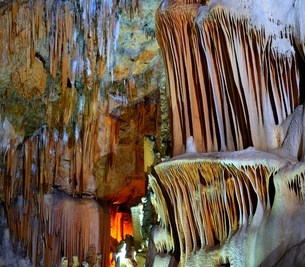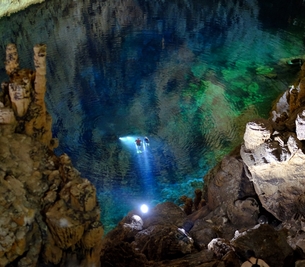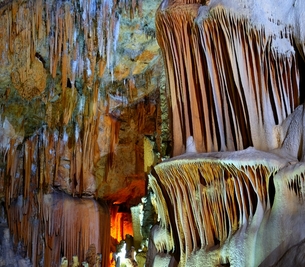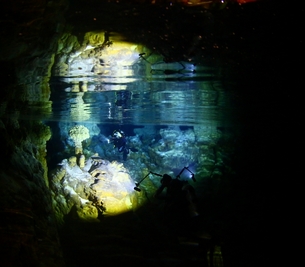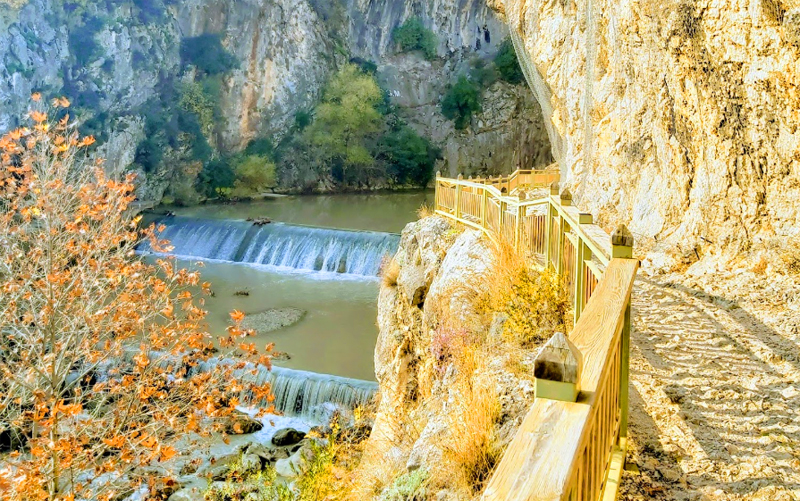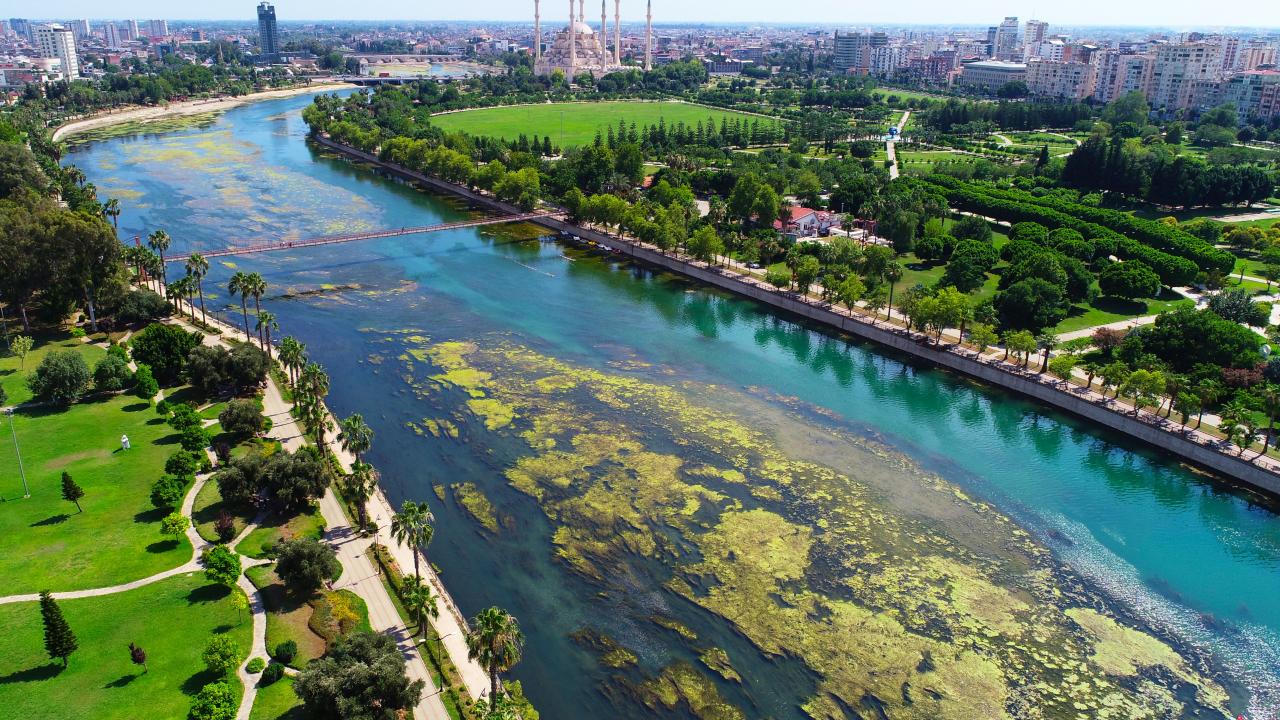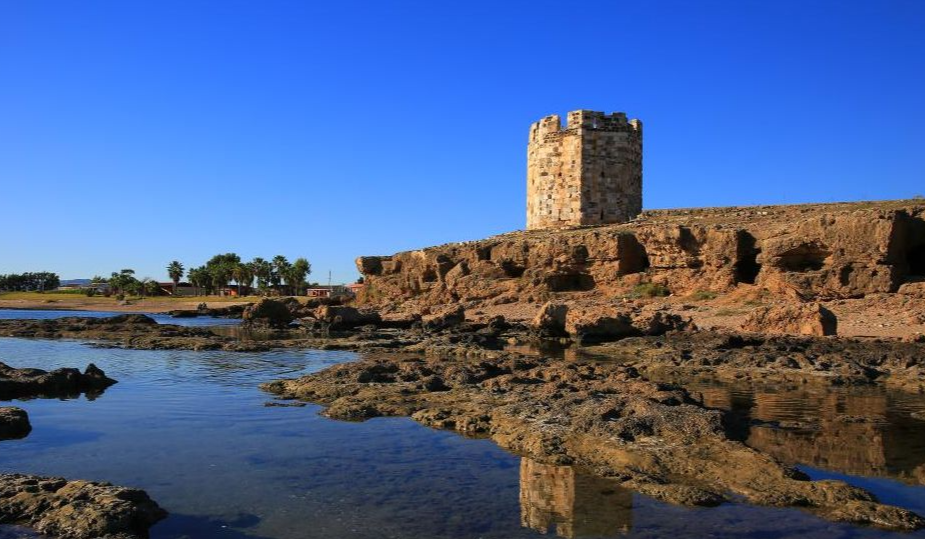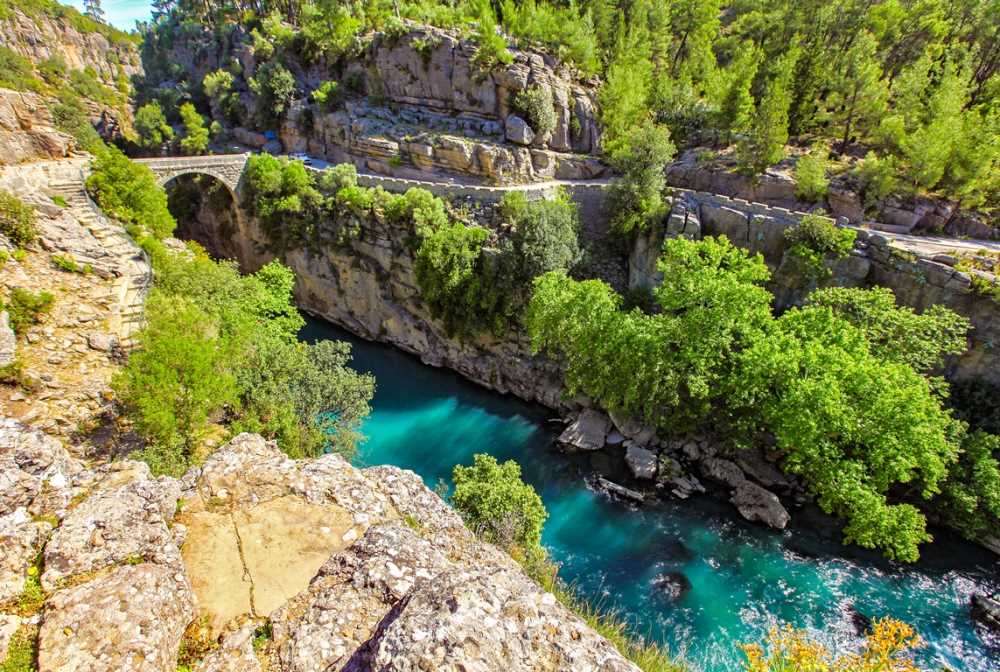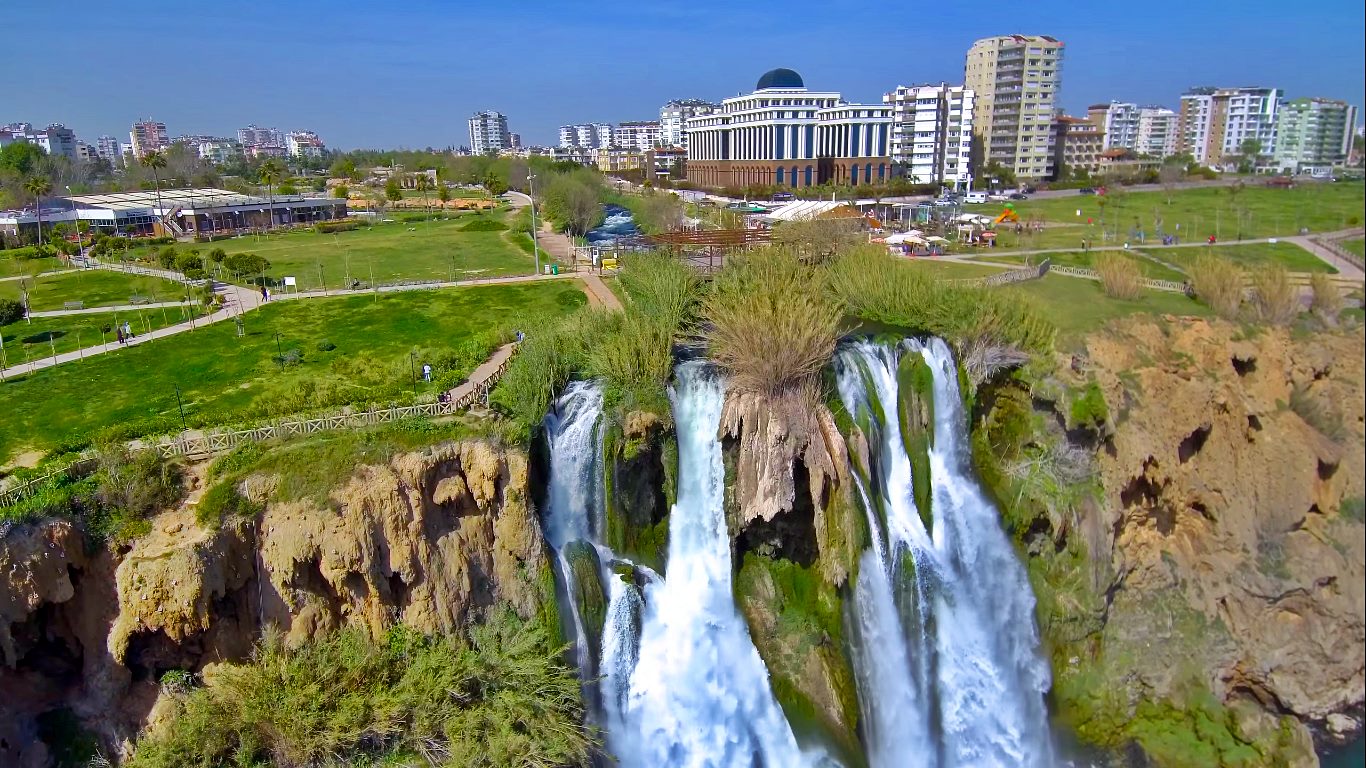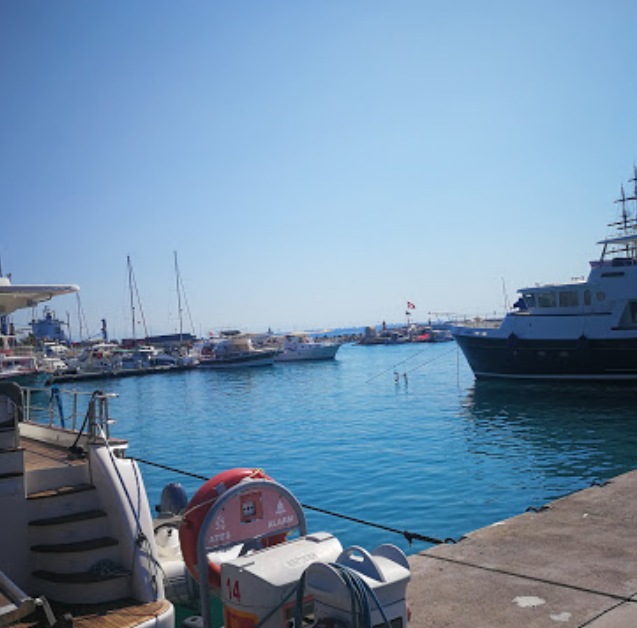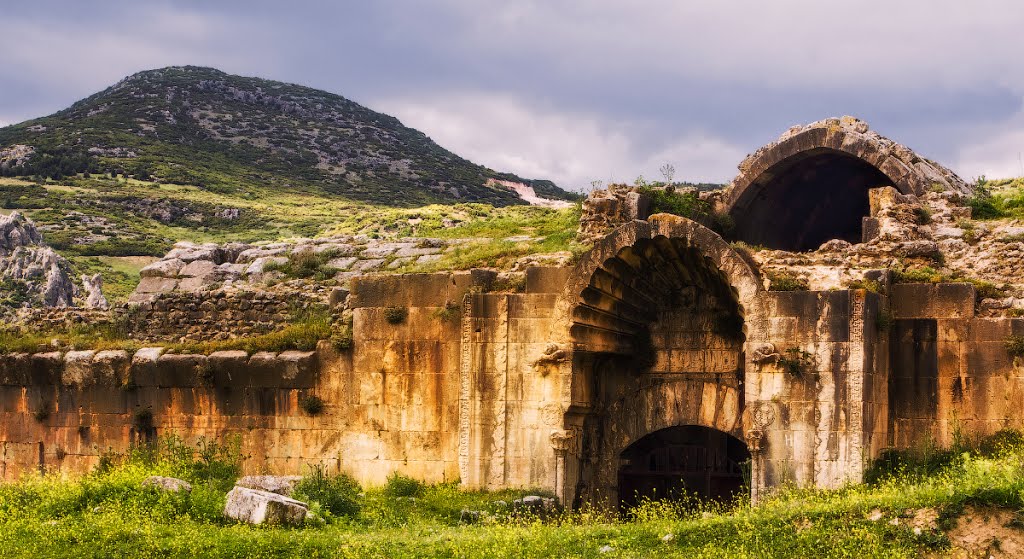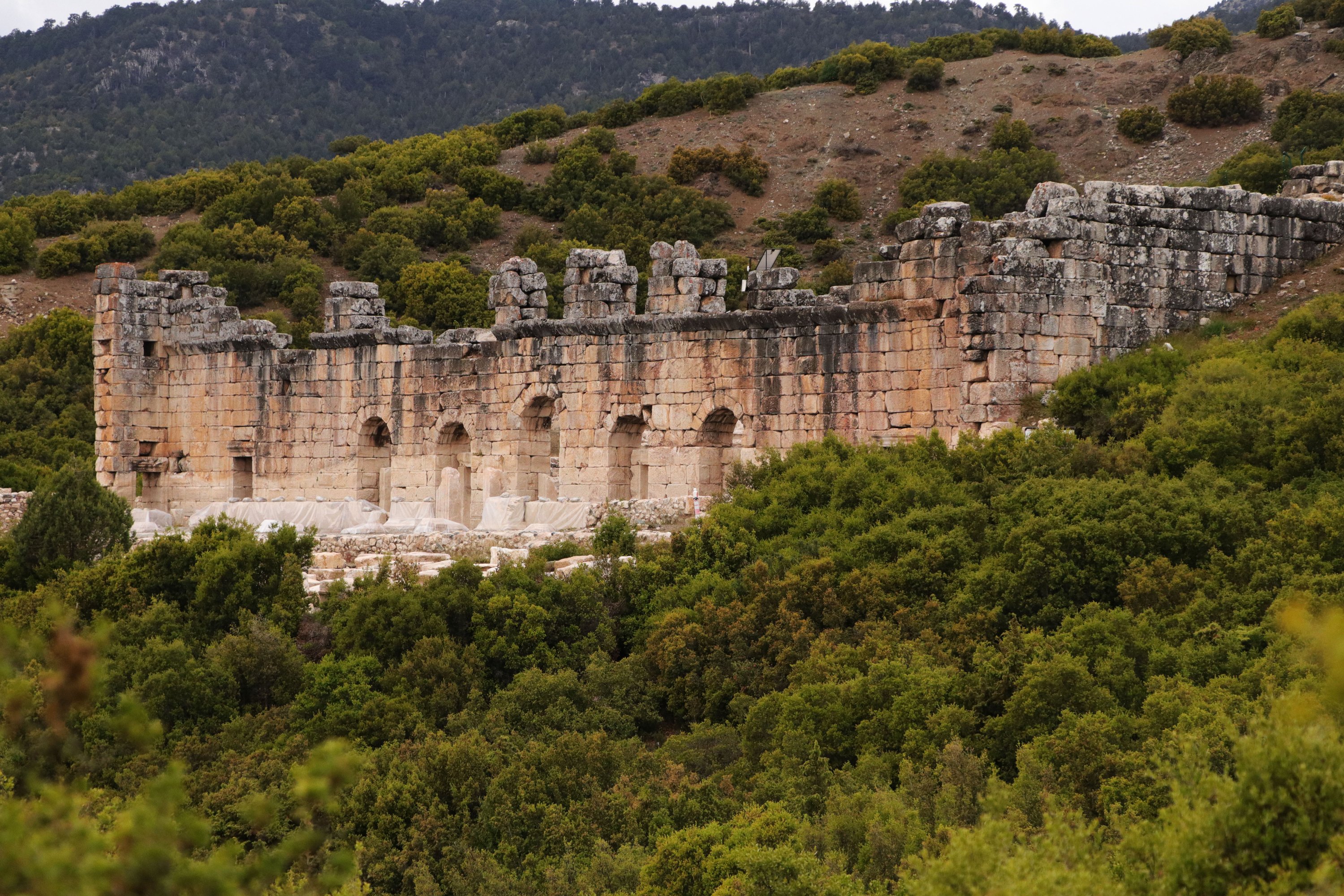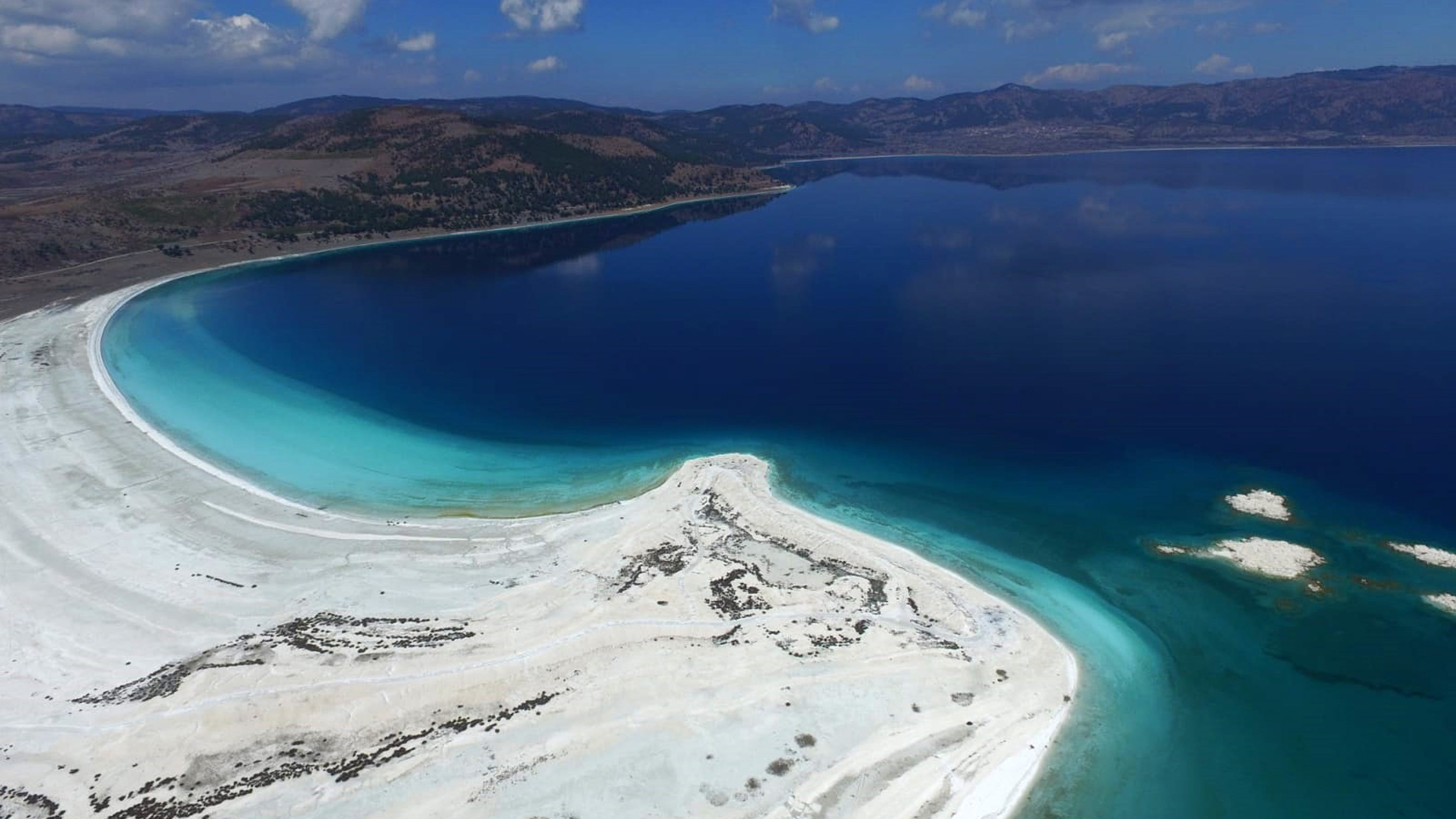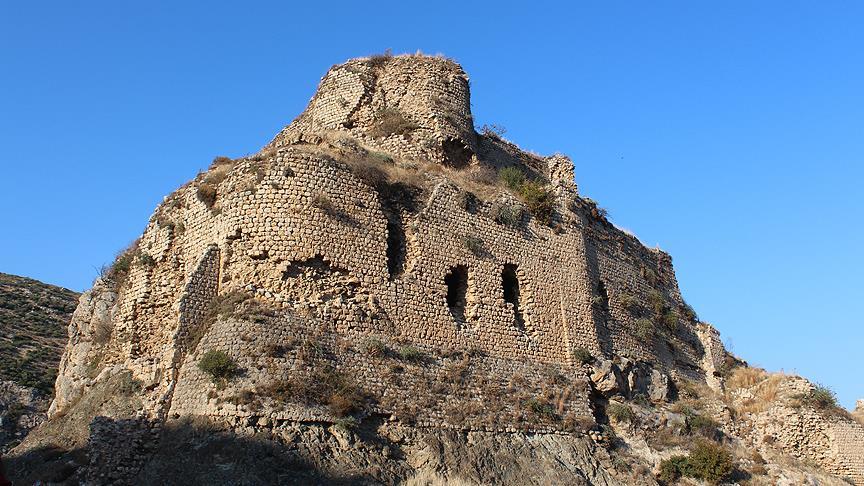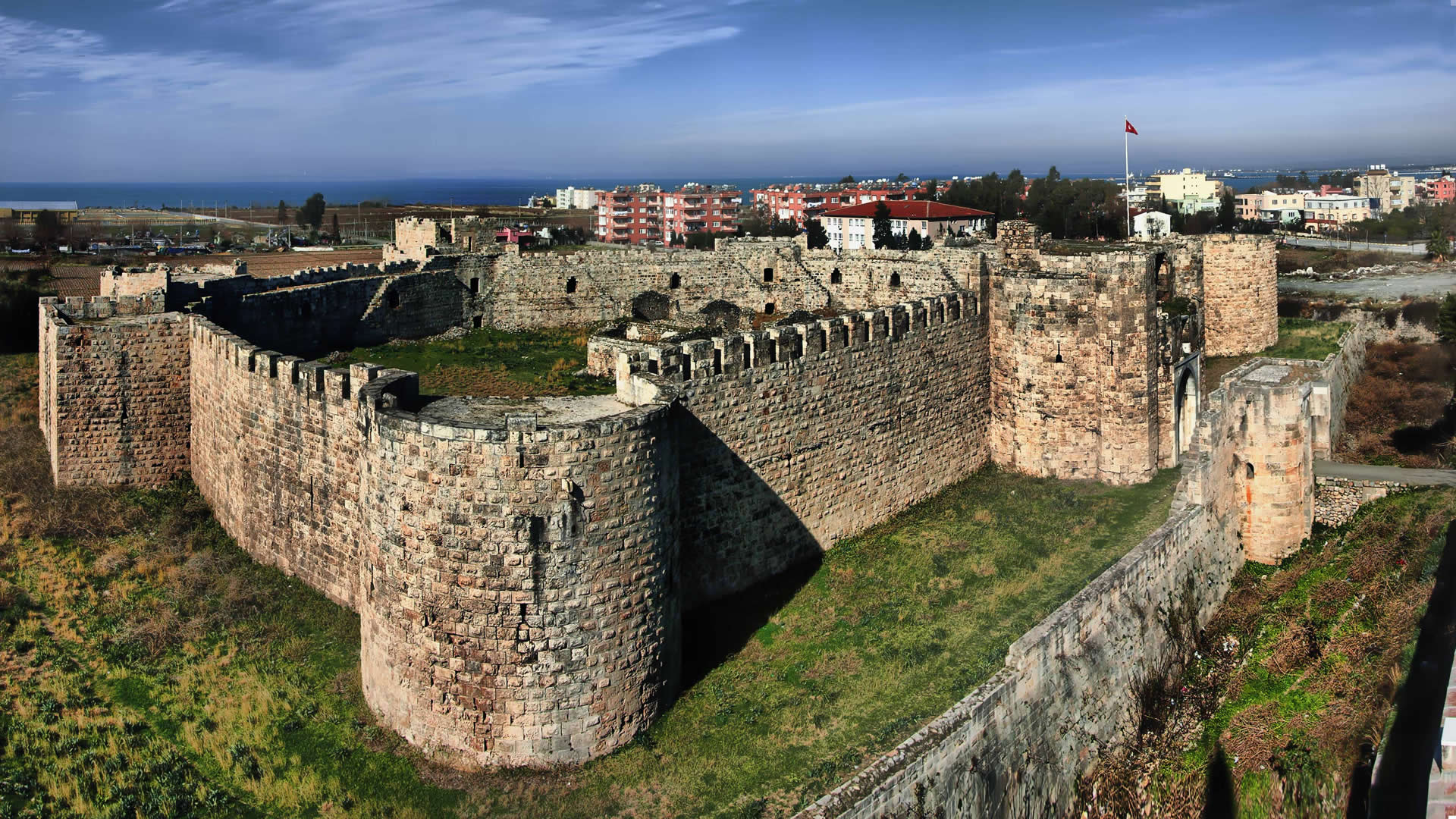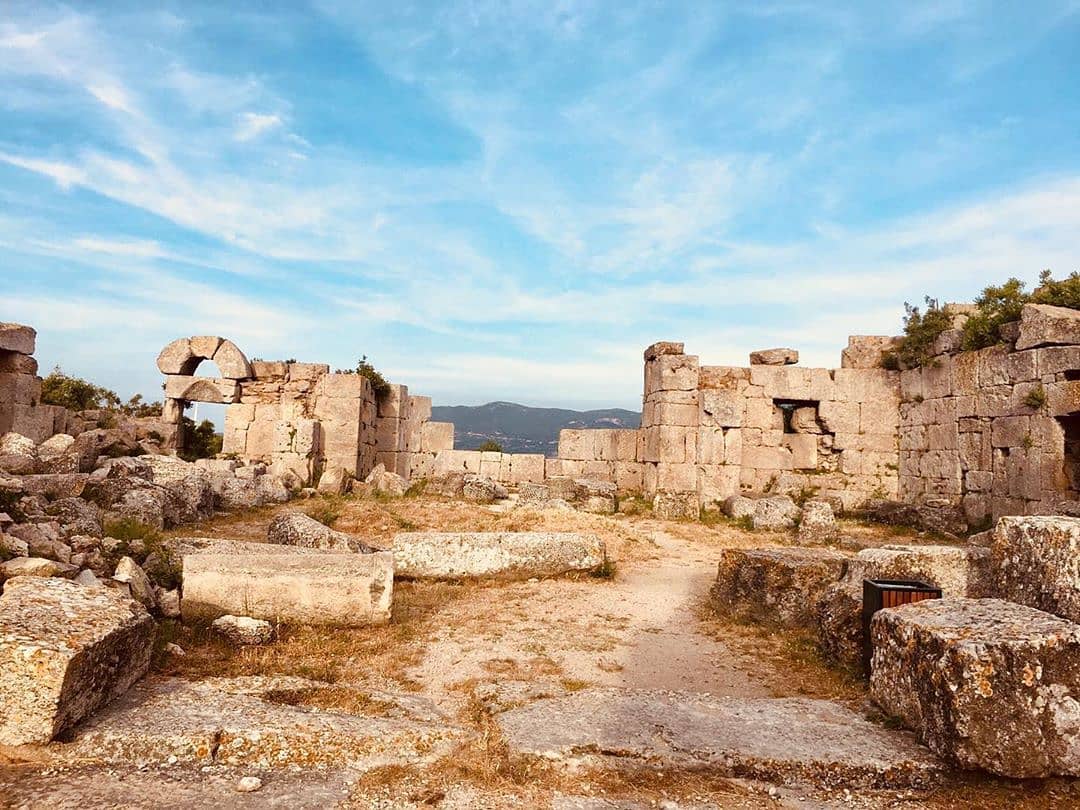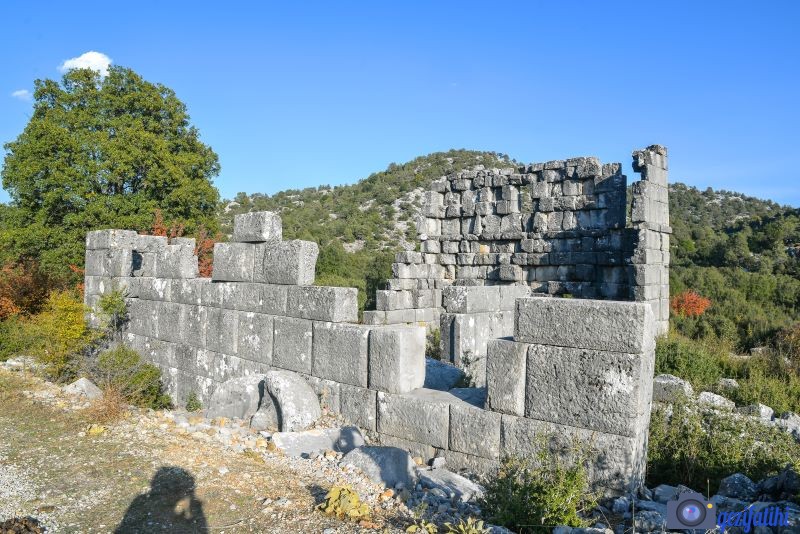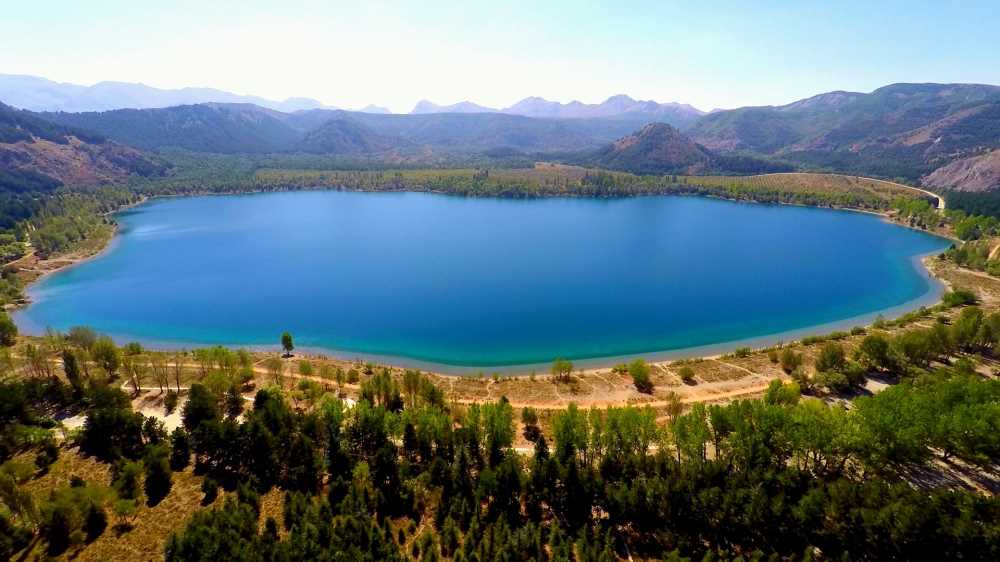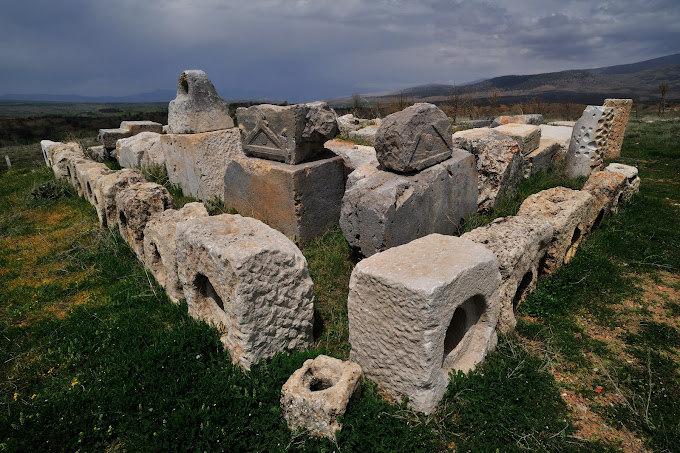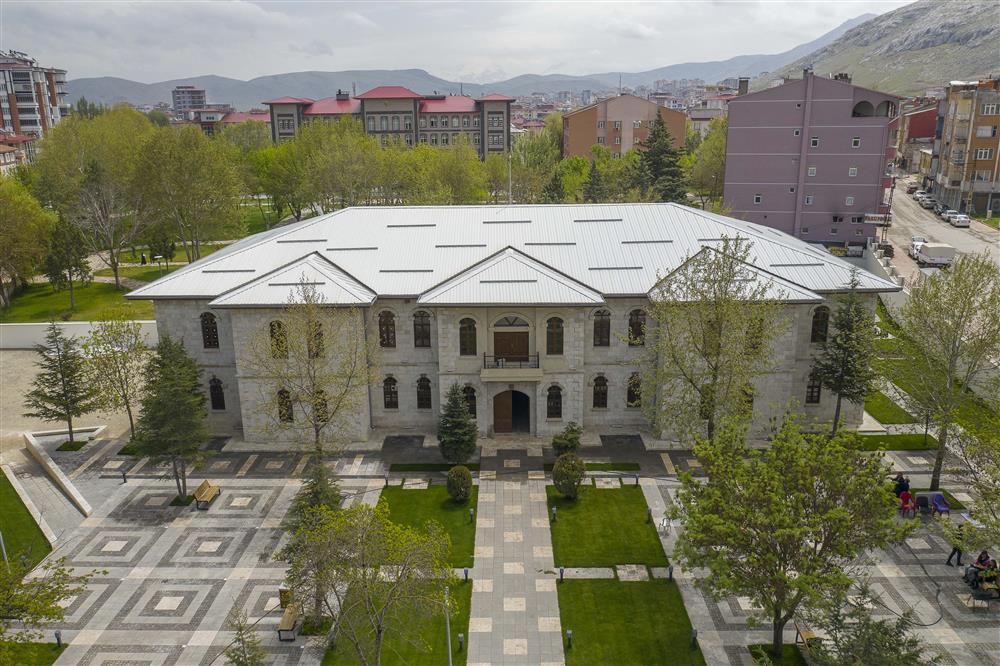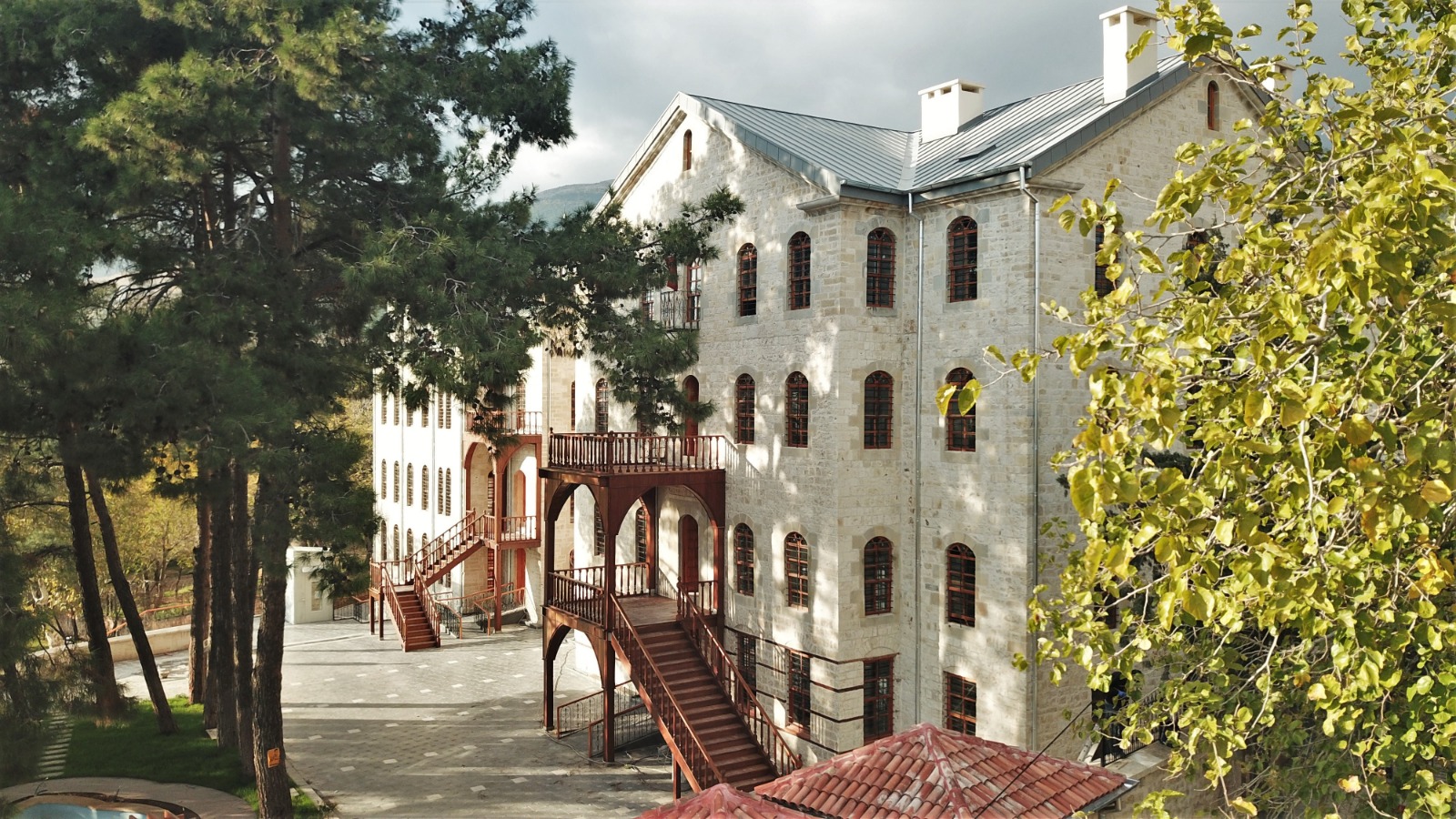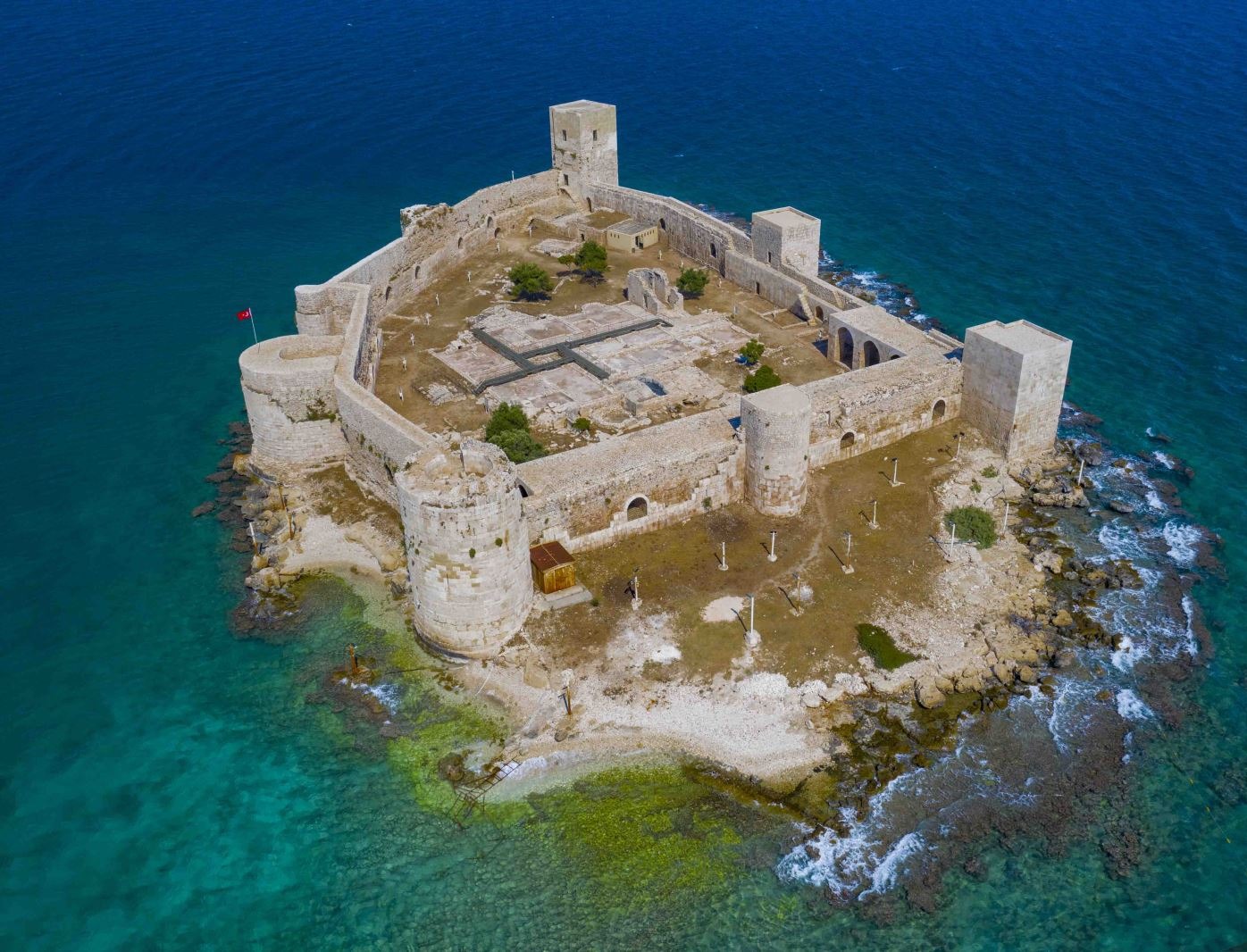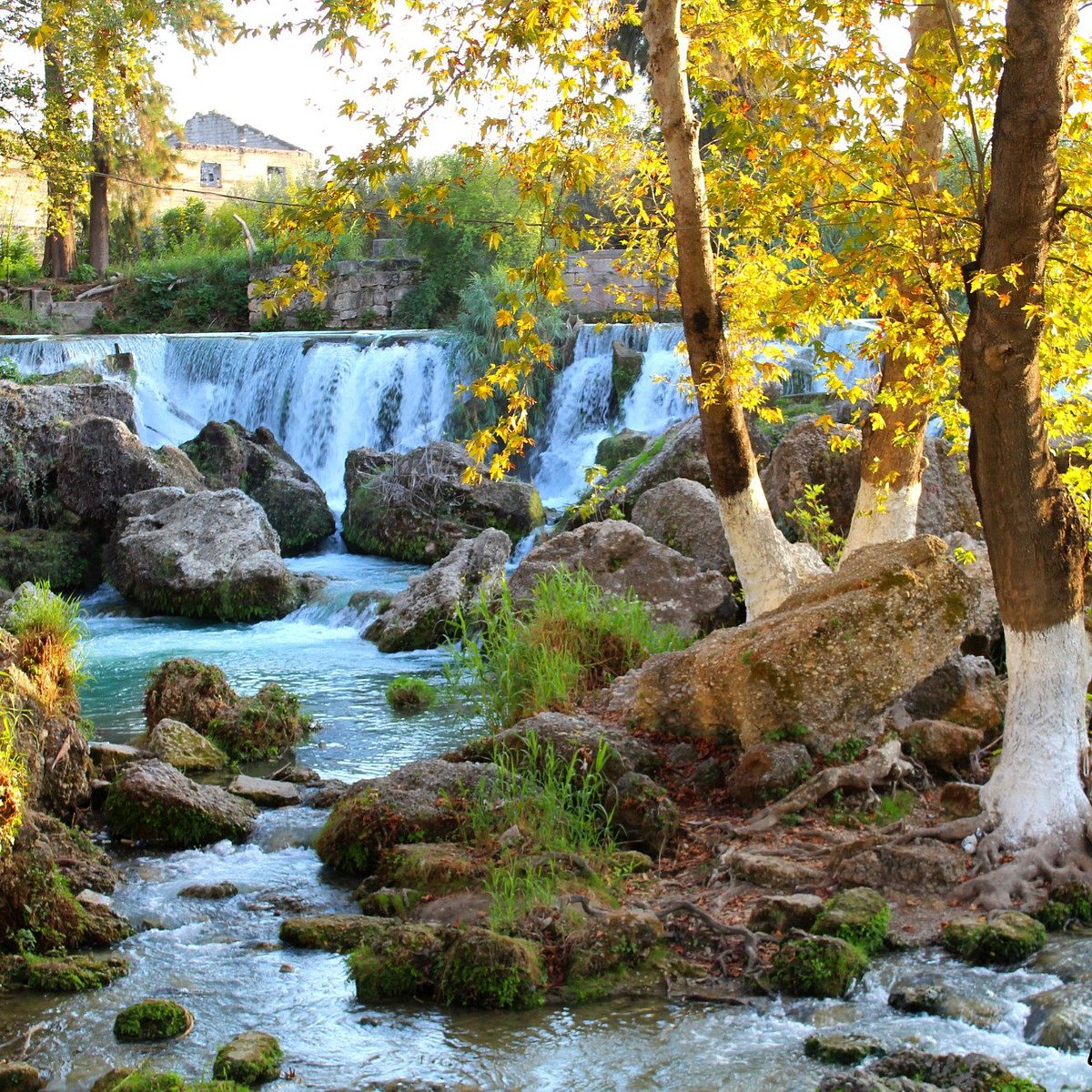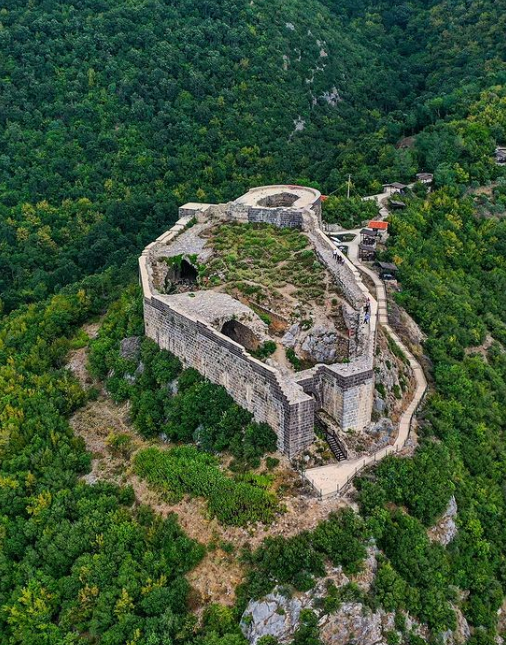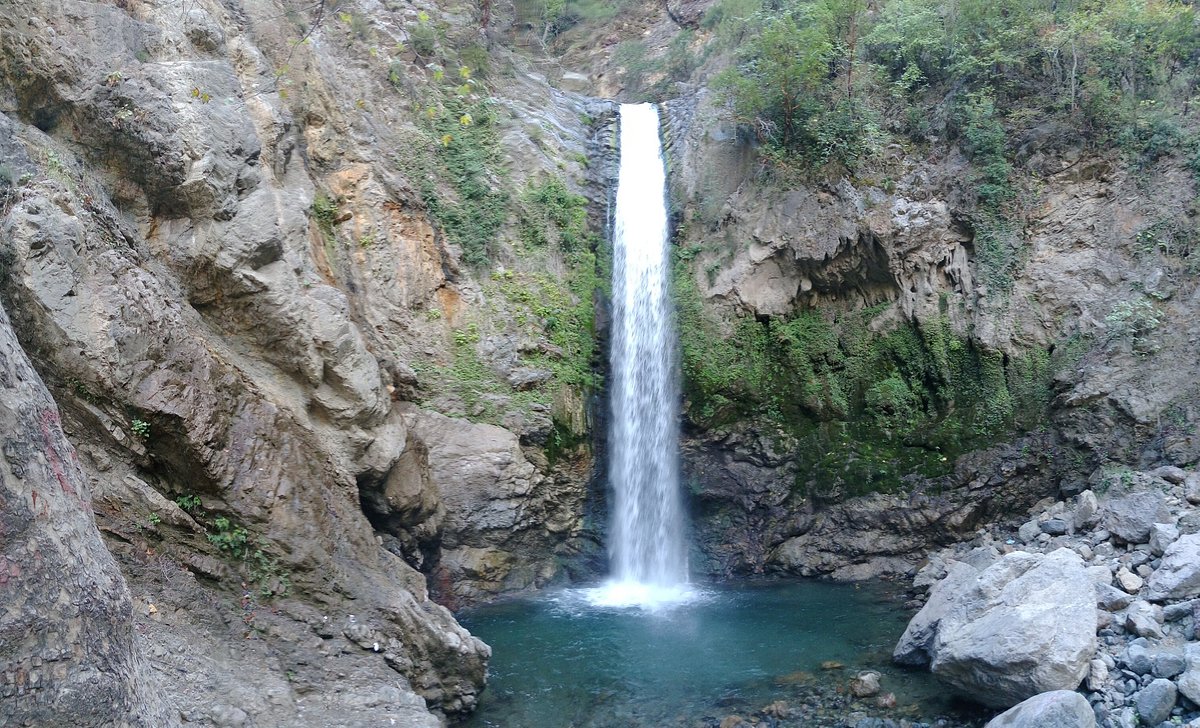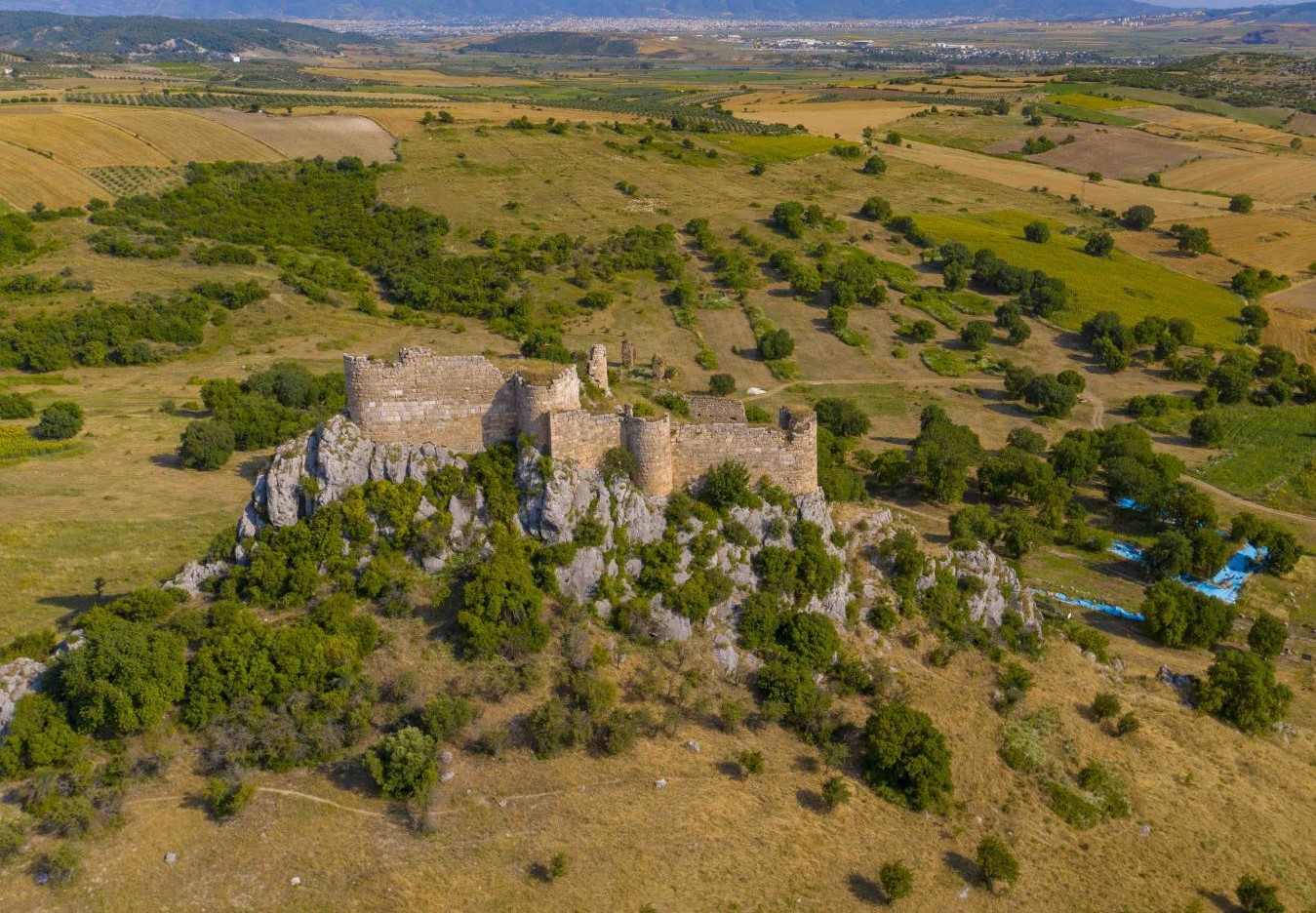Gilindire Cave
Gilindire Cave, also called Aynalıgöl Cave, is located 7.5 km southeast of Aydıncık district, between Sancak Cape and Kurtini Creek. The cave, whose entrance faces the sea, can be reached from sea and land.
Gilindire Cave, with a total length of 555 meters, is a horizontally developed cave. The interior of Gilindire Cave, located right on the edge of one of the beautiful bays of the Mediterranean, is covered with all kinds of dripstone formations.
These dripstones, which reach giant sizes and are extremely beautiful in appearance, divide the main gallery into many halls and rooms. In addition, the large lake at the end of the cave and the stalactites, stalagmites, columns, walls, curtain dripstones and cave needles that form islets on the edge of this lake have transformed the cave into a fascinating environment.
Bats occasionally live in some parts of the main gallery. In addition, the bays around the cave, which can be reached from sea and land, constitute the habitat of the Mediterranean Monk Seal. Both these creatures and the beauty of nature further increase the importance and appeal of the cave.
Since the formations such as stalactites and stalagmites in the cave have remained under water throughout history, they have survived to the present day without being affected by atmospheric changes.
It has been understood that the submerged formations were formed before global climate change and that they retain all hydrological and atmospheric data regarding the previous ice age. With these features, Gilindire Cave is the only recording point in the Eastern Mediterranean regarding the recent climate change. Due to these features, the cave is considered unique by geoscientists and serves as a laboratory. Since the cave can also be evaluated in terms of tourism, it was registered as "Gilindire Cave Natural Monument" within the scope of the National Parks Law in 2013.
Another feature of Gilindire Cave is that it was known in ancient times. Ceramic finds from the late Neolithic period, thought to be from ships that wanted to benefit from the fresh water in the cave and anchored in the small harbor where it is located, show that the cave was used in ancient times.
Gilindire Cave was discovered by chance by a shepherd not long ago, 8 to 10 years ago. A shepherd, chasing his goats on the rocky slopes of Aydıncık that descends steeply to the sea, notices a hedgehog while looking for a hole to hide from the burning Mediterranean sun. The hedgehog passes through the bushes and disappears among the rocks. Wondering where the hedgehog disappeared, the shepherd follows him and steps into the mouth of the cave, passing through the rock hole that only a human can pass through. At the same time, he discovered a very important natural heritage of the Aydıncık region.





